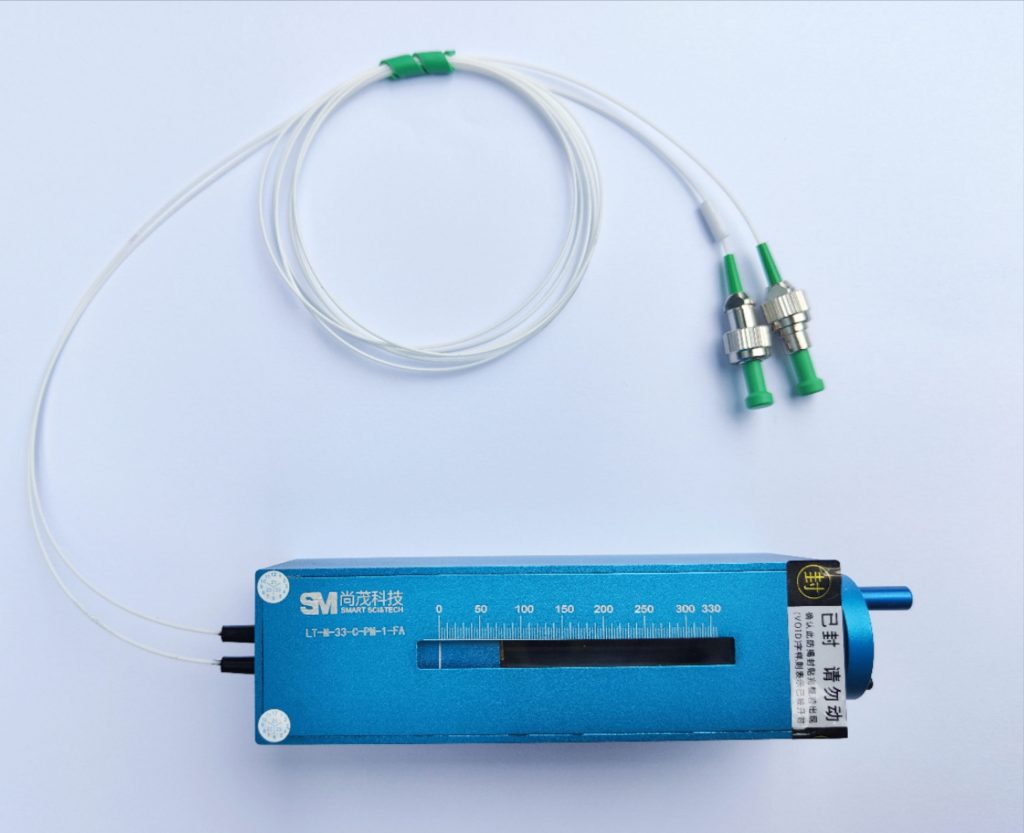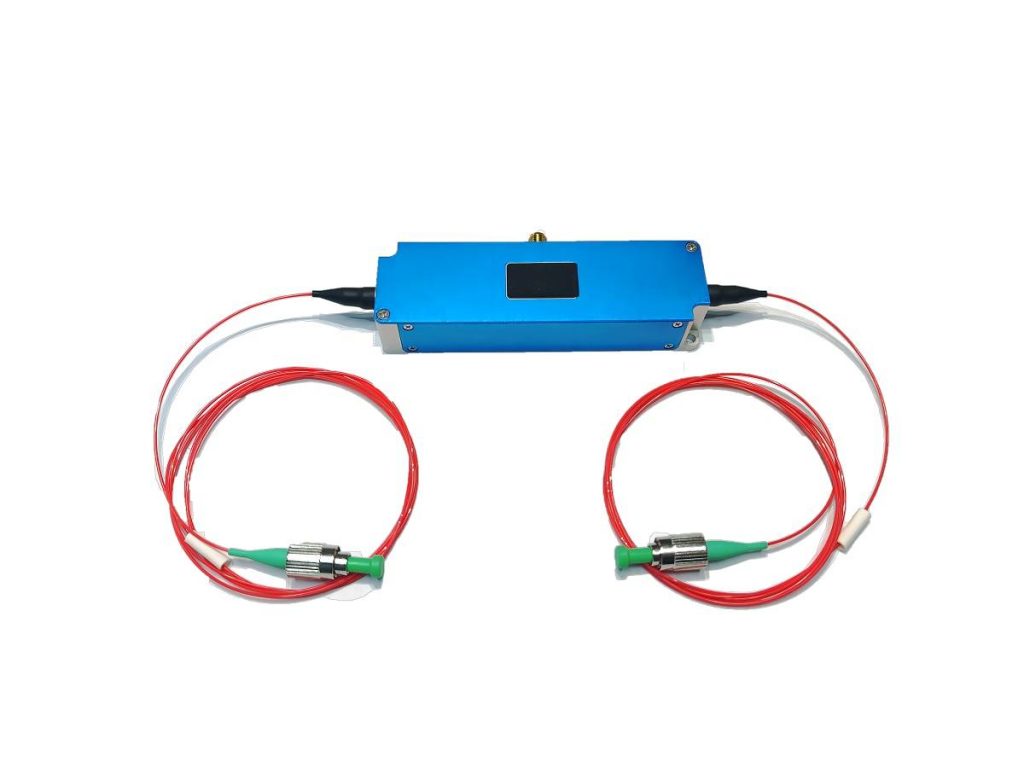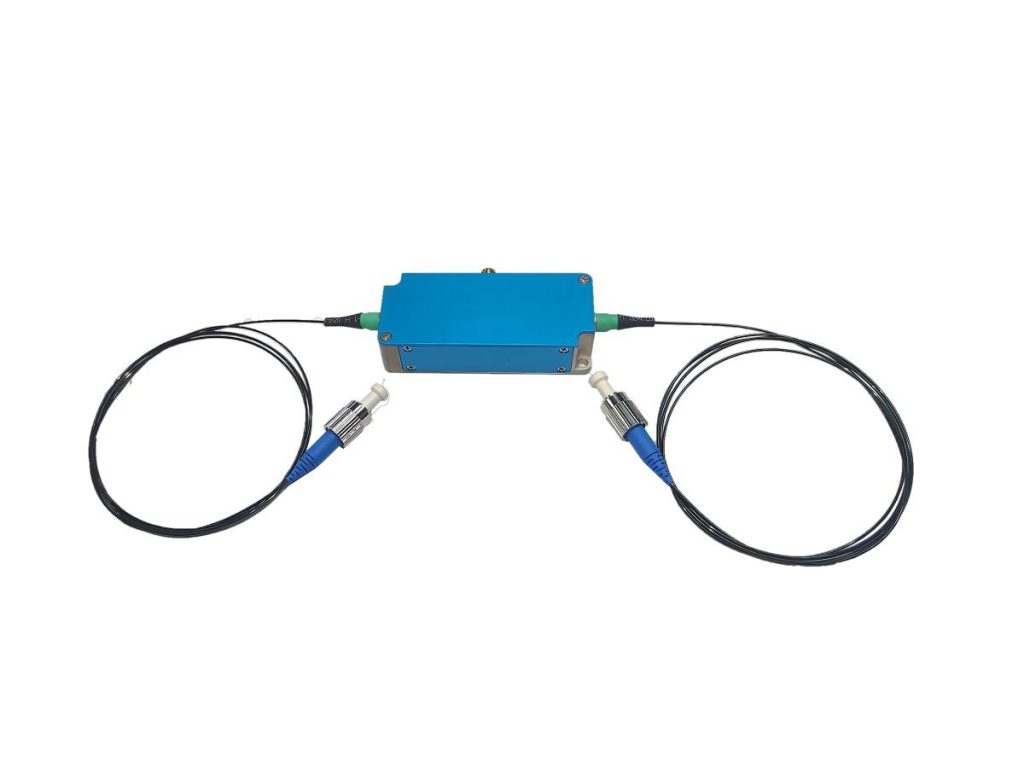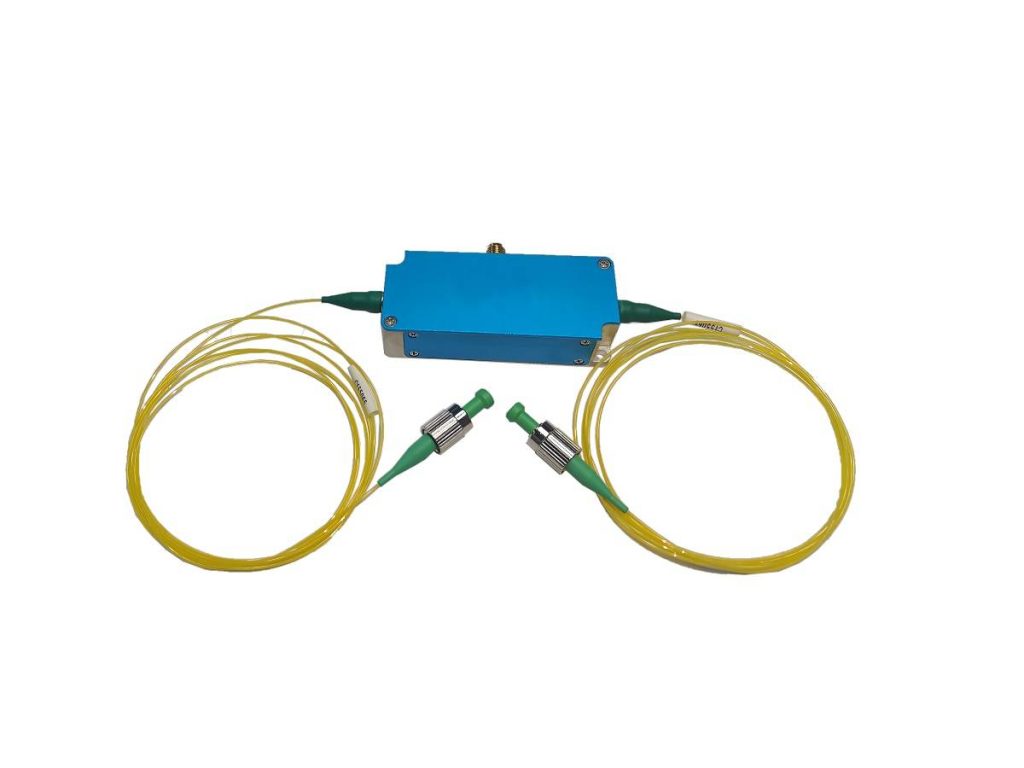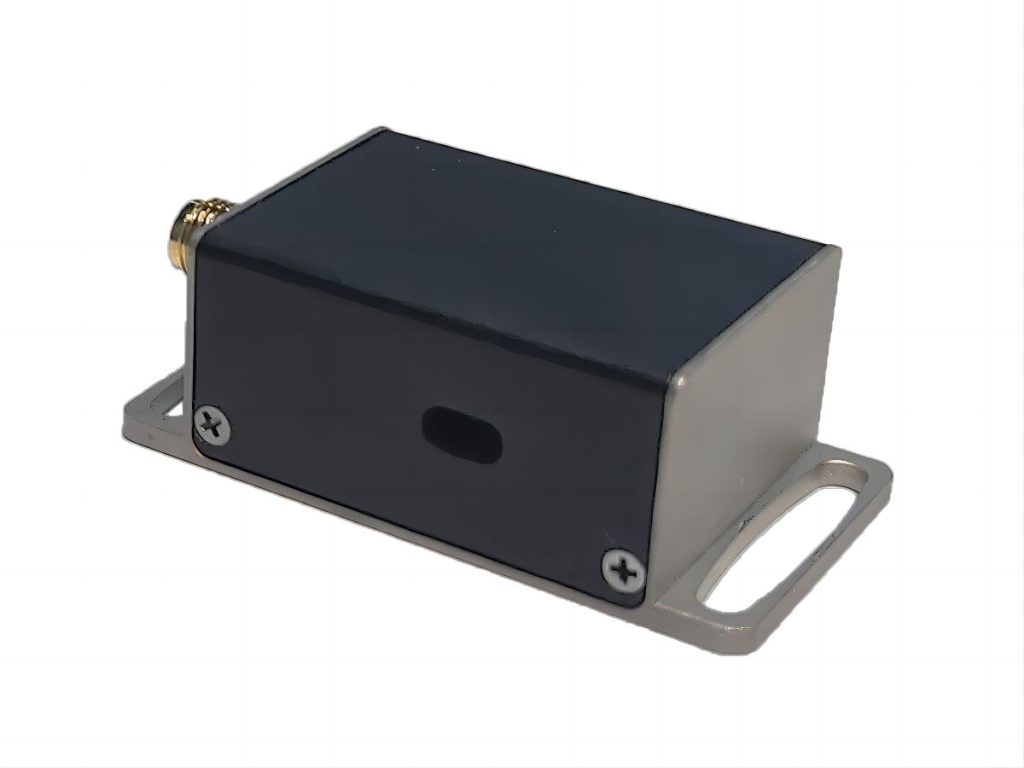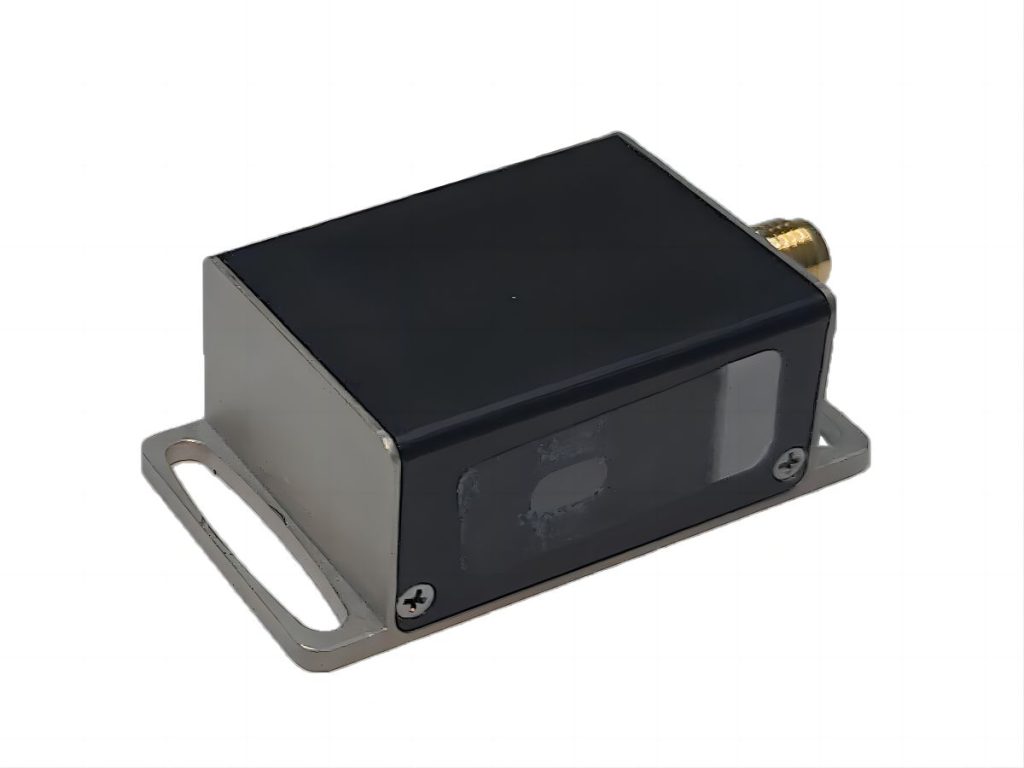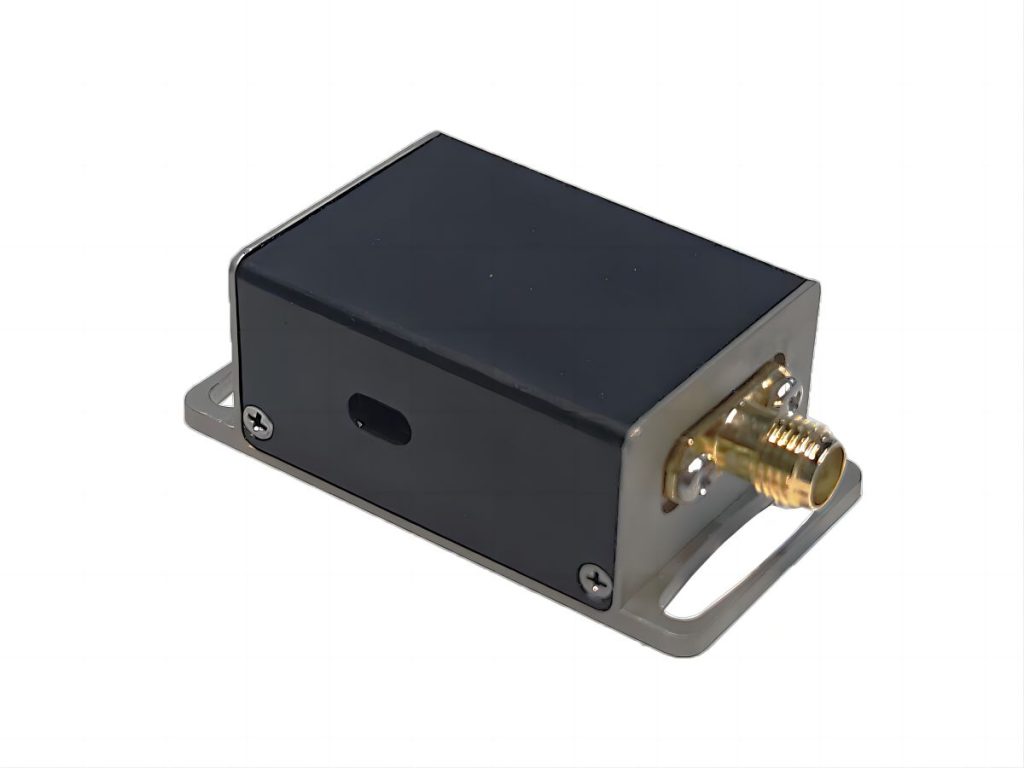Optical Delay Lines: Applications, Selection, and Resources
Optical delay lines (ODLs) play an important role in light manipulation. ODLs have numerous applications, ranging from signal synchronization in telecommunication networks to high-resolution imaging in medical diagnostics. However, with so many different types of ODLs available, it can be difficult to choose the best one for your specific needs. This comprehensive guide will not only illuminate the various applications of optical delay lines but will also provide you with the information you need to choose the best ODL for your project. We’ll look at how optical delay lines work, how they’re used in different fields, and how to navigate the selection process. Finally, we’ll direct you to useful resources for furthering your understanding of these fascinating devices.
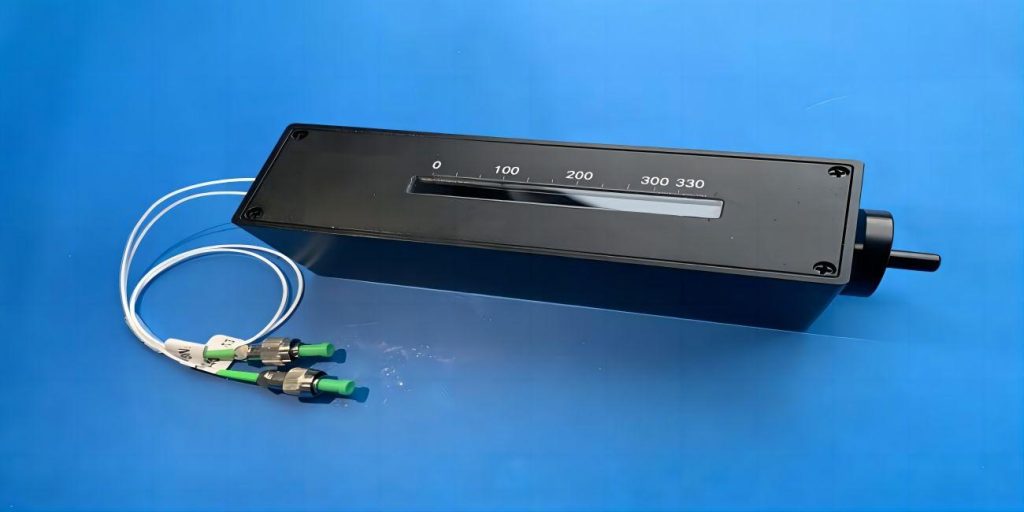
What Are the Applications of Optical Delay Lines?
Optical delay lines (ODLs) play an important role in a variety of fields by adding a controlled delay to an optical signal. This seemingly simple function has applications ranging from telecommunications to scientific research. Here’s a detailed exploration of some important applications of ODLs:
Telecommunications
Signal Path Equalization: Signals in fiber optic networks travel at different speeds along cables of varying lengths. ODLs can be used to intentionally delay signals that travel shorter distances, effectively equating their arrival time with those that travel further. This ensures synchronized data transmission while minimizing signal distortion.
Dispersion Compensation: Optical fibers exhibit dispersion, a phenomenon in which different wavelengths of light move at slightly different speeds. This can lead to pulse broadening and signal degradation. ODLs can be combined with dispersion compensation fibers (DCFs) to mitigate this effect. The ODL delays all wavelengths equally, whereas the DCF applies a wavelength-dependent delay, effectively compressing the pulse and improving signal integrity.
Optical Coherence Tomography (OCT)
High-Resolution Imaging: OCT is a non-invasive imaging technique used in medical diagnostics to generate high-resolution cross-sectional images of biological tissues. It uses interferometry, which recombines a reference beam and a beam reflected from the sample. ODLs are crucial in OCT because they precisely control the timing between the reference and sample arms. This enables precise determination of the path length difference between the beams, resulting in high-resolution depth data in the final image.
Laser Pulse Shaping
Tailoring Pulse Duration: Many laser applications require precisely shaped pulses of specific durations. ODLs can work in tandem with pulse shapers like acousto-optic modulators (AOMs). ODLs allow the creation of desired pulse profiles for a variety of applications, including material processing, spectroscopy, and ultrafast laser research, by precisely controlling the delay experienced by different portions of the pulse.
Material Characterization
Pump-Probe Spectroscopy: This technique uses two laser pulses to investigate ultrafast phenomena in materials: a pump pulse to excite the material and a probe pulse to measure the resulting changes. ODLs play an important role in pump-probe experiments because they precisely control the time delay between pump and probe pulses. This enables researchers to study material dynamics at various timescales, ranging from picoseconds to femtoseconds, yielding valuable insights into material properties and behavior.
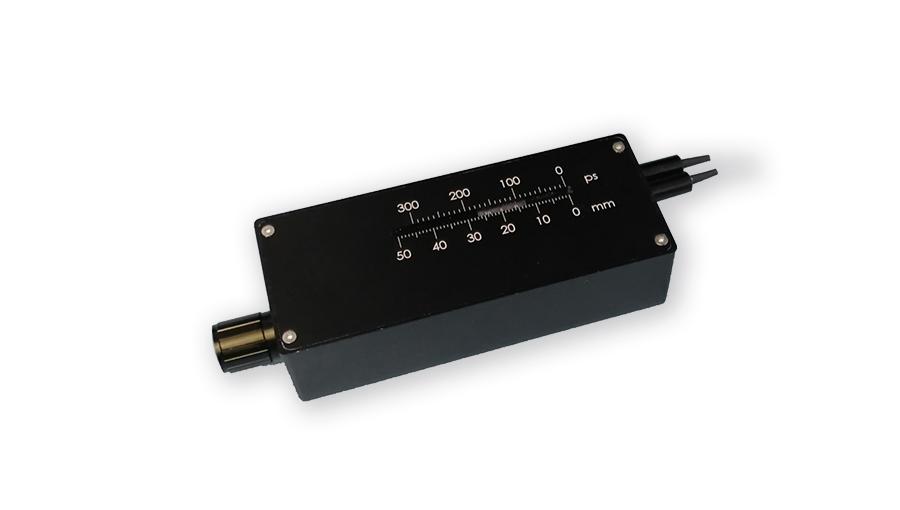
How Do I Choose the Right Optical Delay Line for My Application?
To ensure optimal performance and compatibility with your specific requirements, you must carefully consider several factors when selecting the right optical delay line (ODL) for your application. Here’s a comprehensive guide that will help you make an informed decision:
| Feature | Electric Optical Fiber Delay Line | Manual Adjustable Fiber Delay Line |
| Control Mechanism | Uses electrical signals to control the delay via a motor or piezoelectric actuator. | To manually adjust the delay, use a mechanical mechanism like a screw or knob. |
| Delay Range | Provides a broader range of delay options, usually from picoseconds to microseconds. | Typically offers a smaller range of delay options, usually from nanoseconds to microseconds. |
| Precision | Can achieve higher precision and resolution in delay settings than manual ODLs. | Precision is generally lower than electric ODLs, but adequate for many applications. |
| Control Interface | Offers an electronic interface for precise control via external controllers or software. | The adjustment mechanism must be manipulated manually and directly. |
| Automation | It enables automated control and integration into complex systems. | Not appropriate for automated control systems. |
| Cost | Generally more expensive due to electronic components and control mechanisms. | Due to their simpler design, these ODLs are frequently less expensive than electric ones. |
| Applications | Ideal for applications that require precise, dynamic delay control, such as optical coherence tomography (OCT), pulse shaping, and fiber optic communication systems. | Suitable for applications where manual adjustment is adequate but precise control is not required, such as laboratory setups, educational demonstrations, and some industrial applications. |
Choosing the Right ODL:
You can make an informed decision between an electric optical fiber delay line and a manual adjustable fiber delay line by carefully evaluating the factors mentioned above and taking your application’s specific requirements into account. For applications requiring high precision, dynamic control, and automation, an electric ODL is frequently the best option. However, for applications where manual adjustment is sufficient and cost-effectiveness is a priority, a manual ODL may be an appropriate choice.
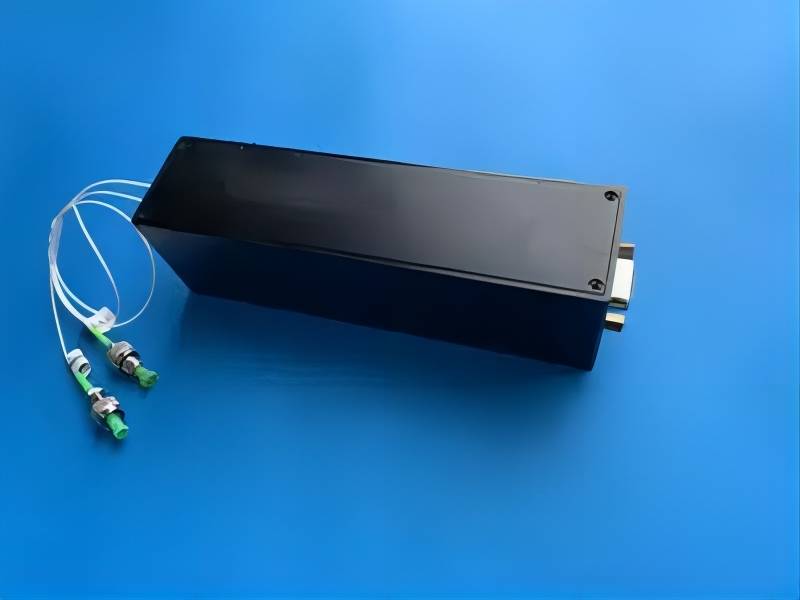
Where Can I Find More Information About Optical Delay Lines?
Manufacturers like Smart provide detailed information about their ODL products. These resources provide useful information about the various types of ODLs, their functionalities, and compatibility requirements. SMART SCI&TECH is a high-tech company that specializes in the development, production, and sale of acousto-optic devices and driving power supplies, optical active and passive devices, lasers, and related devices. Its products are widely used in laser manufacturing, optical fiber sensing, quantum research, and other applications. The company’s products have ISO9001-2008 international quality management system certification, and their quality is on par with comparable products on a global scale. So far, the company owns an invention patent, several utility model patents, and software copyrights. It has strong R&D and design capabilities and can provide customers with professional, personalized customization services to meet their application needs. You can contact Smart for more information!
Additionally, online databases and academic publications can be investigated. Search engines geared toward scientific research can direct you to informative articles and textbooks that discuss the principles and applications of ODLs. These resources frequently include in-depth discussions of various ODL designs, their operating characteristics, and applications in specific scientific and engineering fields. Don’t be afraid to use online forums and communities dedicated to photonics or fiber optics. Engaging with other researchers and engineers can provide useful insights and recommendations based on their own experiences with ODLs in a variety of applications.
Conclusion
By now, you have a thorough understanding of optical delay lines. We’ve looked into their various applications, which range from synchronizing signals in telecommunications to enabling ground-breaking material science research. We’ve also provided a framework for selecting the best ODL for your specific needs, taking into account factors such as control mechanisms, delay range, and operating environment. The key is to align the ODL’s capabilities with your application’s specific requirements. Finally, we’ve included useful resources for further exploring the world of ODLs. SMART SCI&TECH can offer you more!

